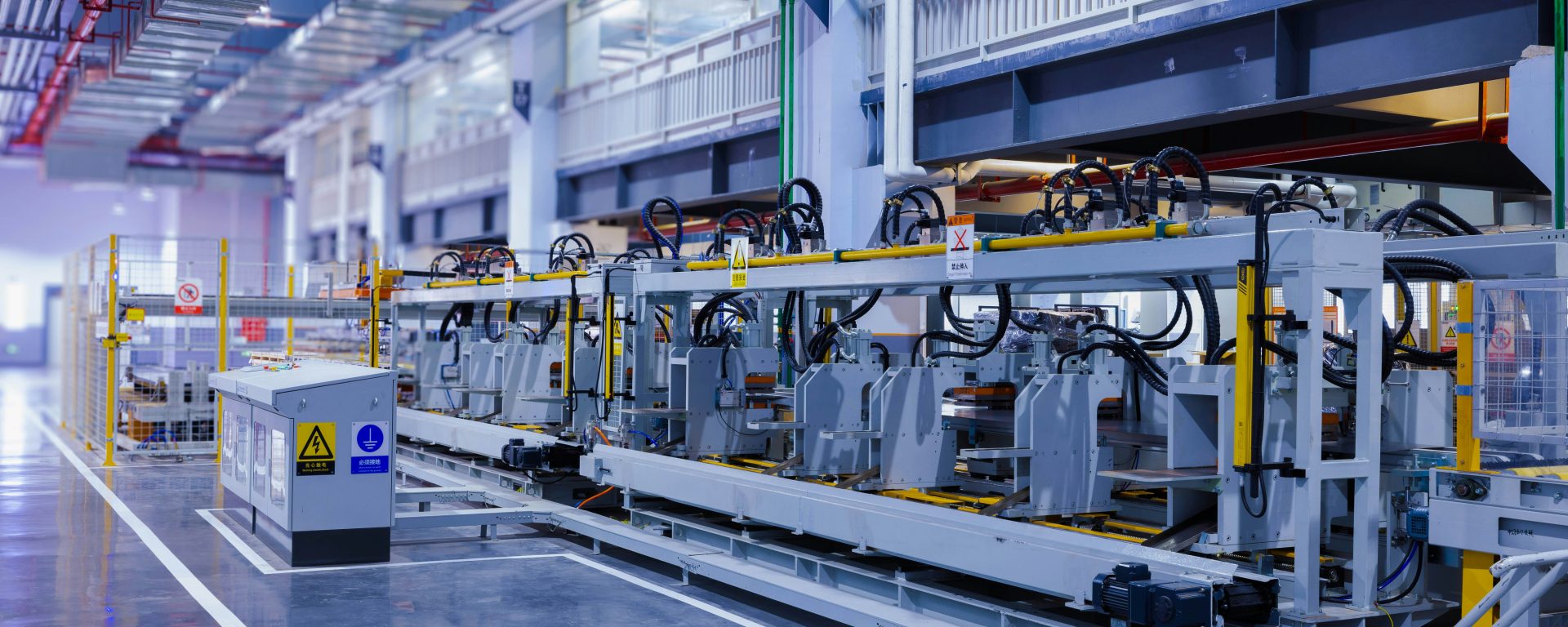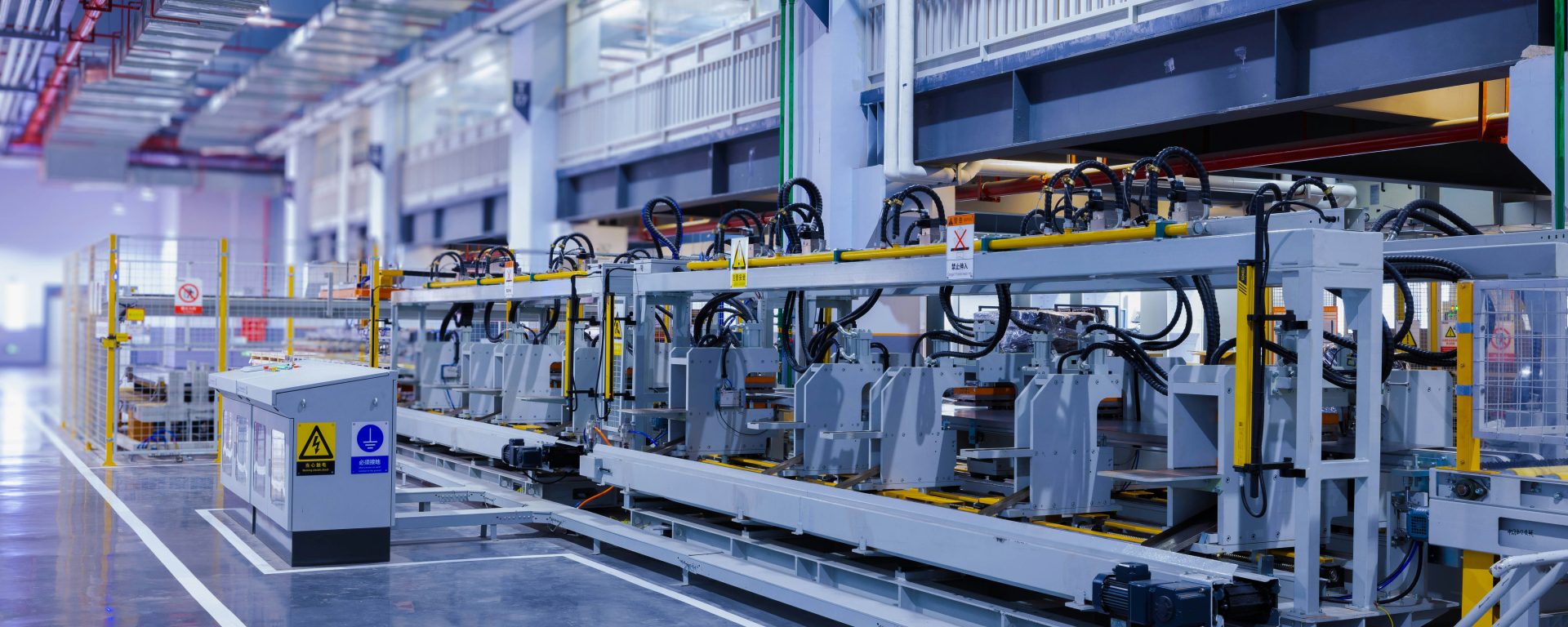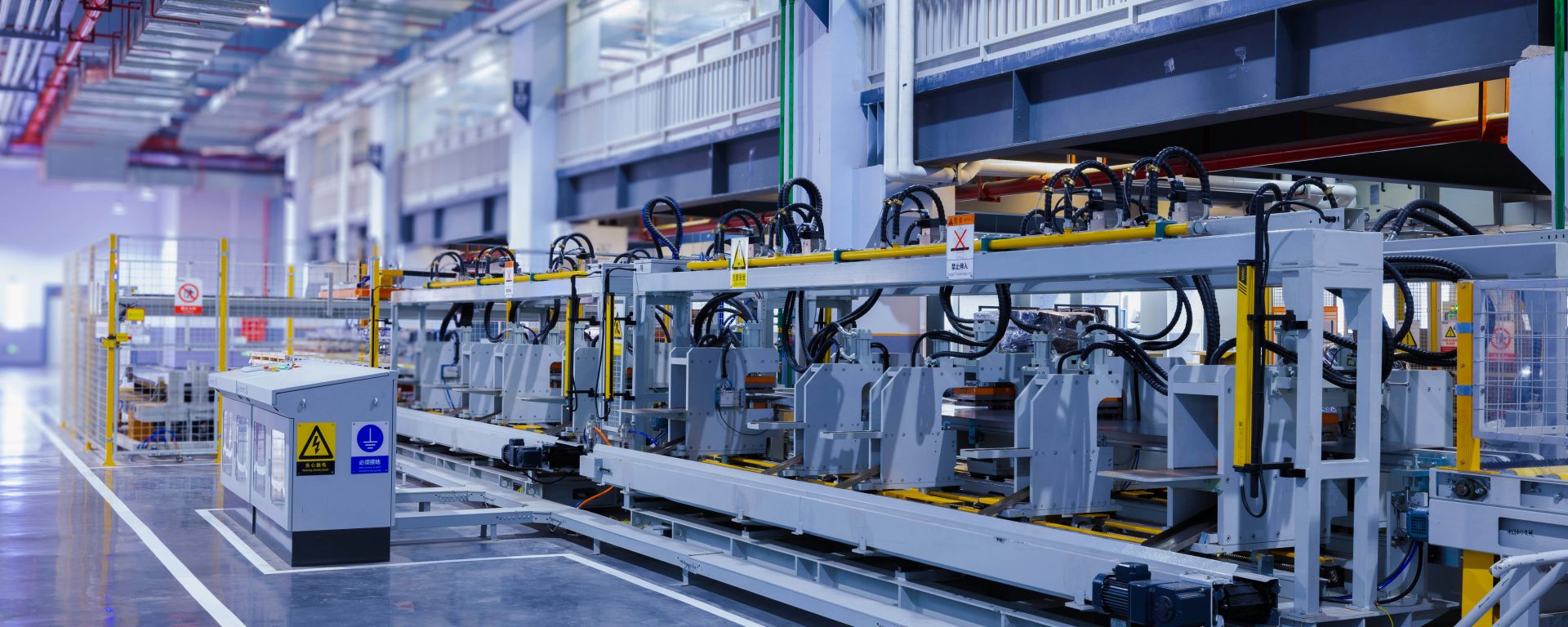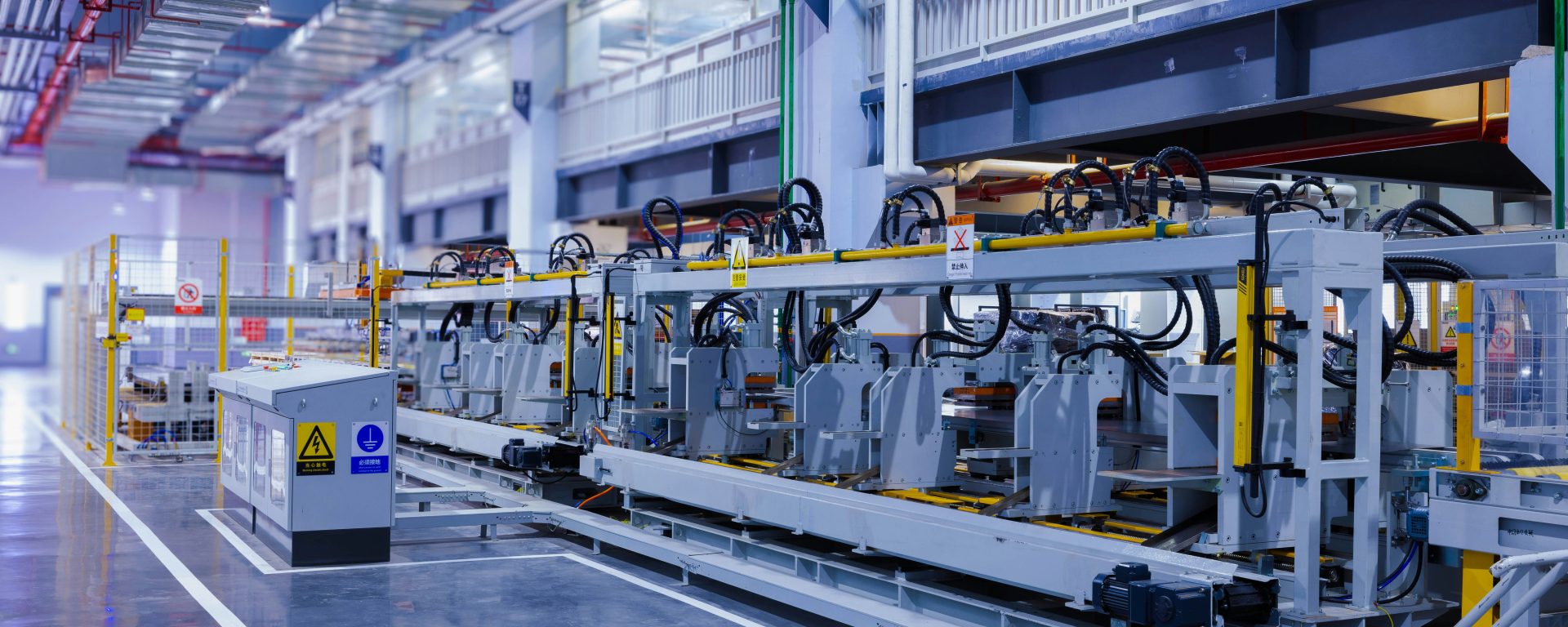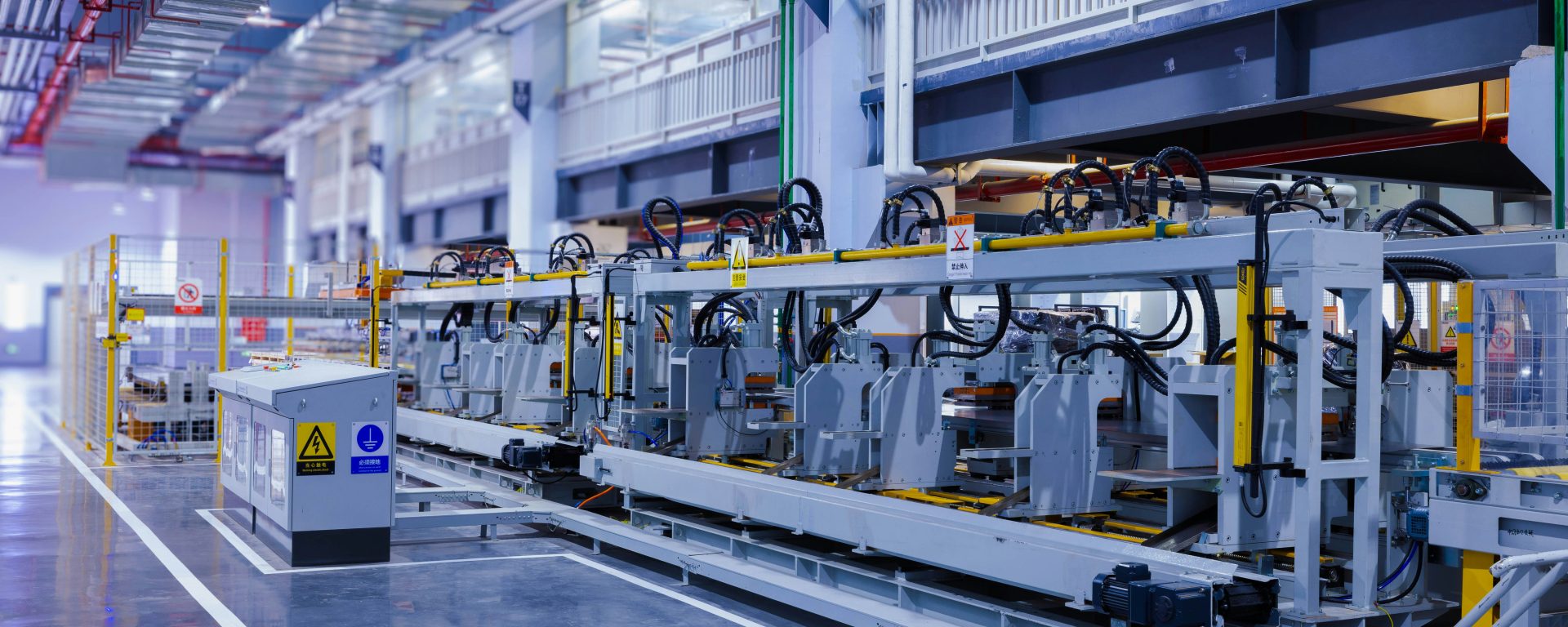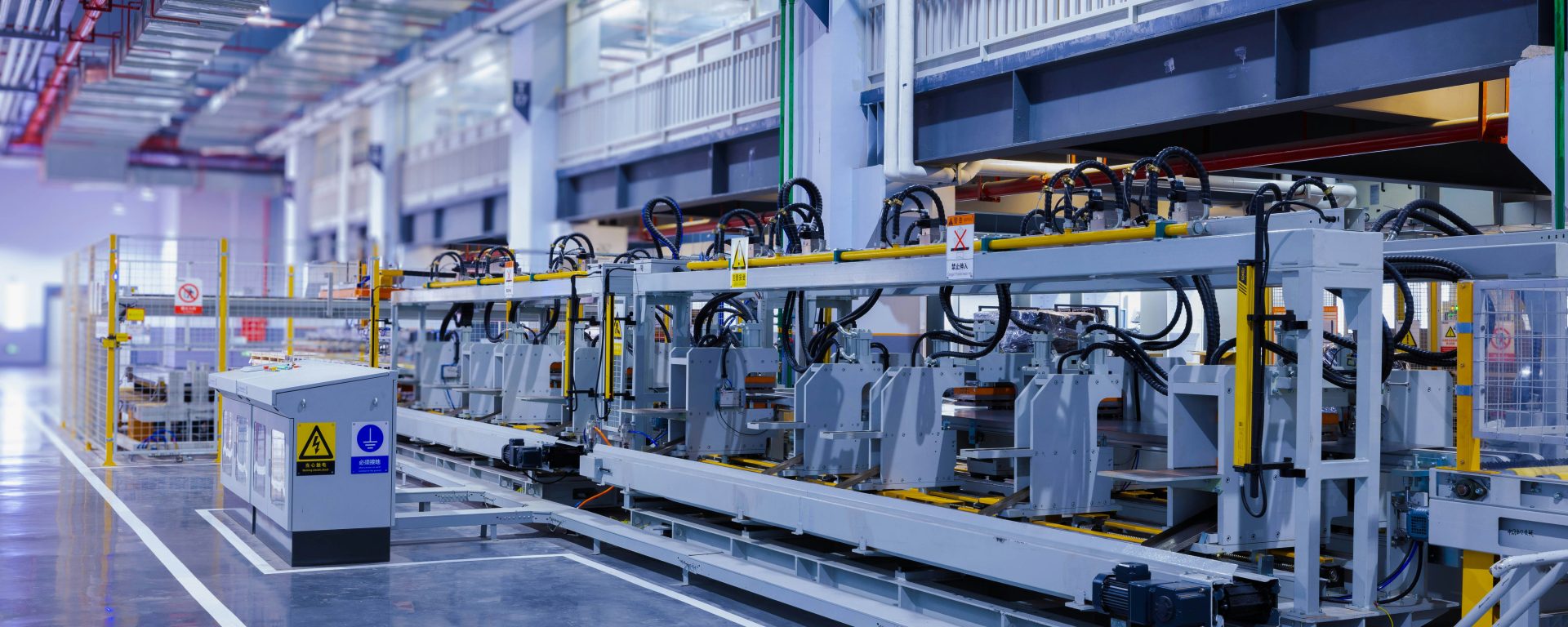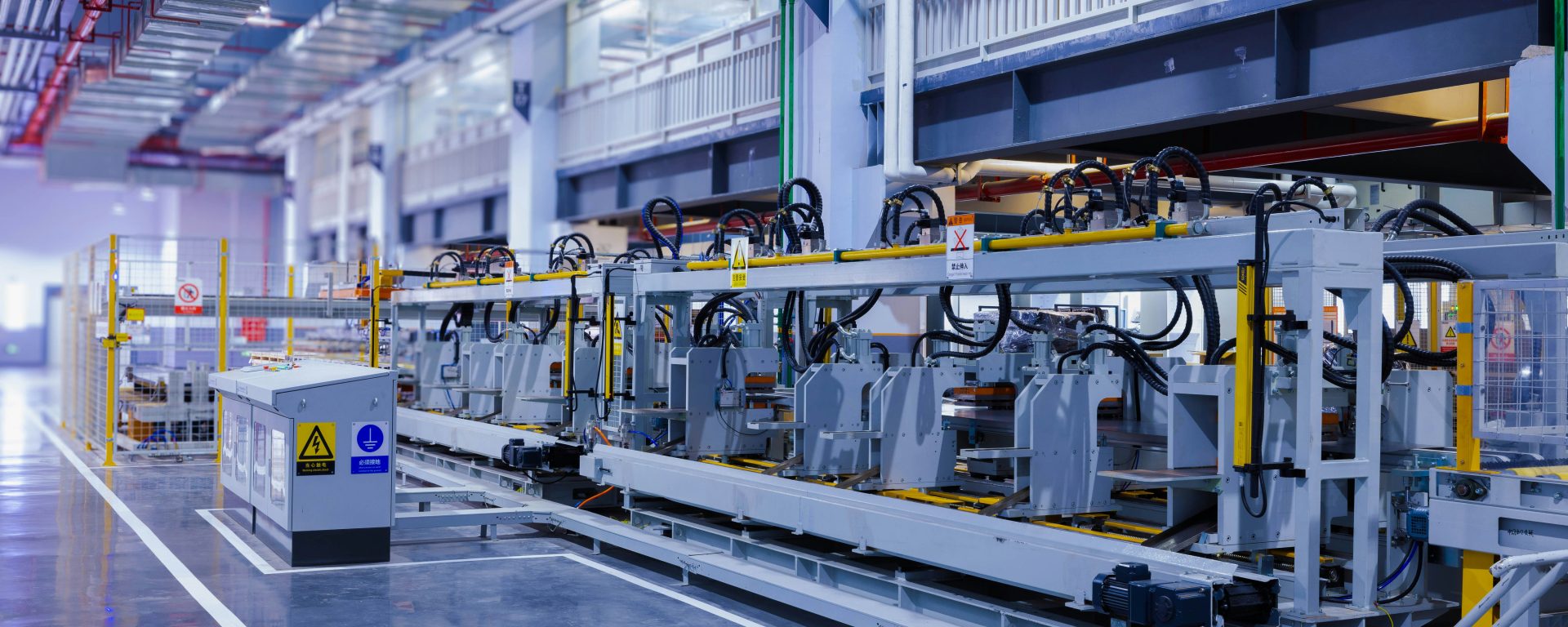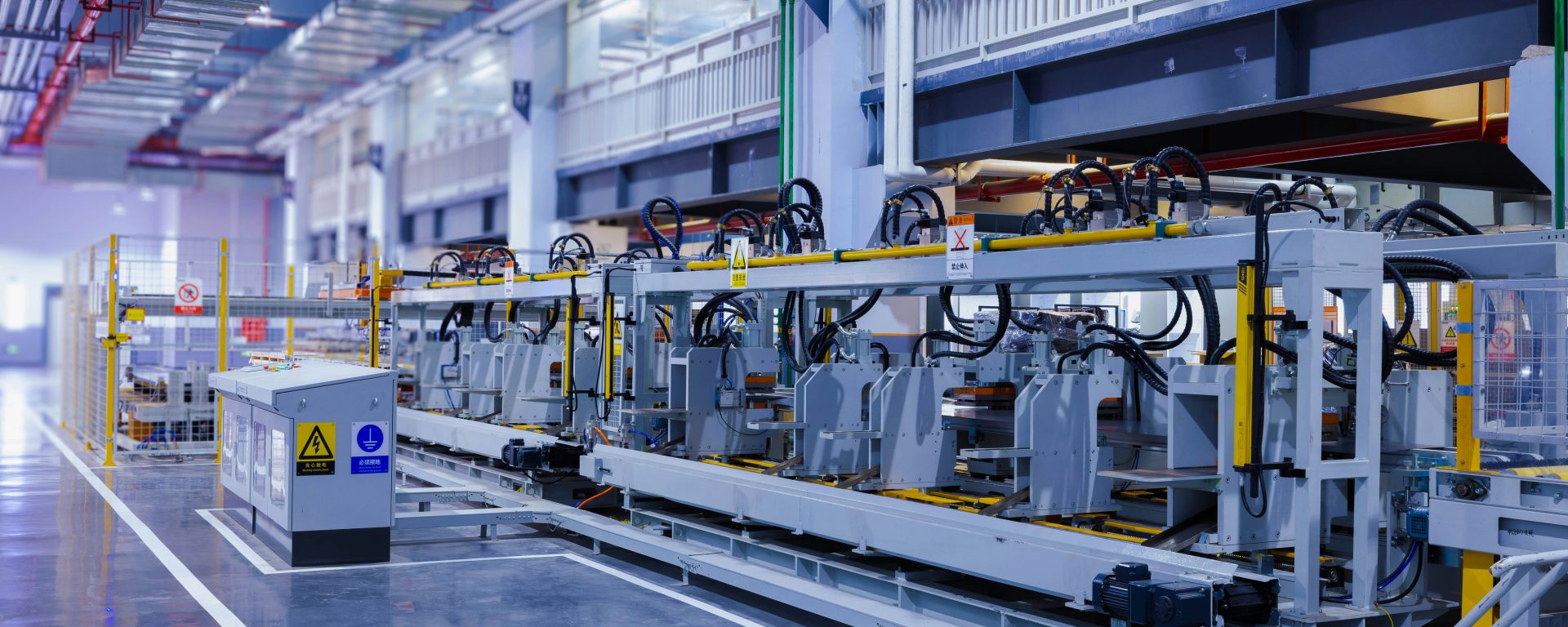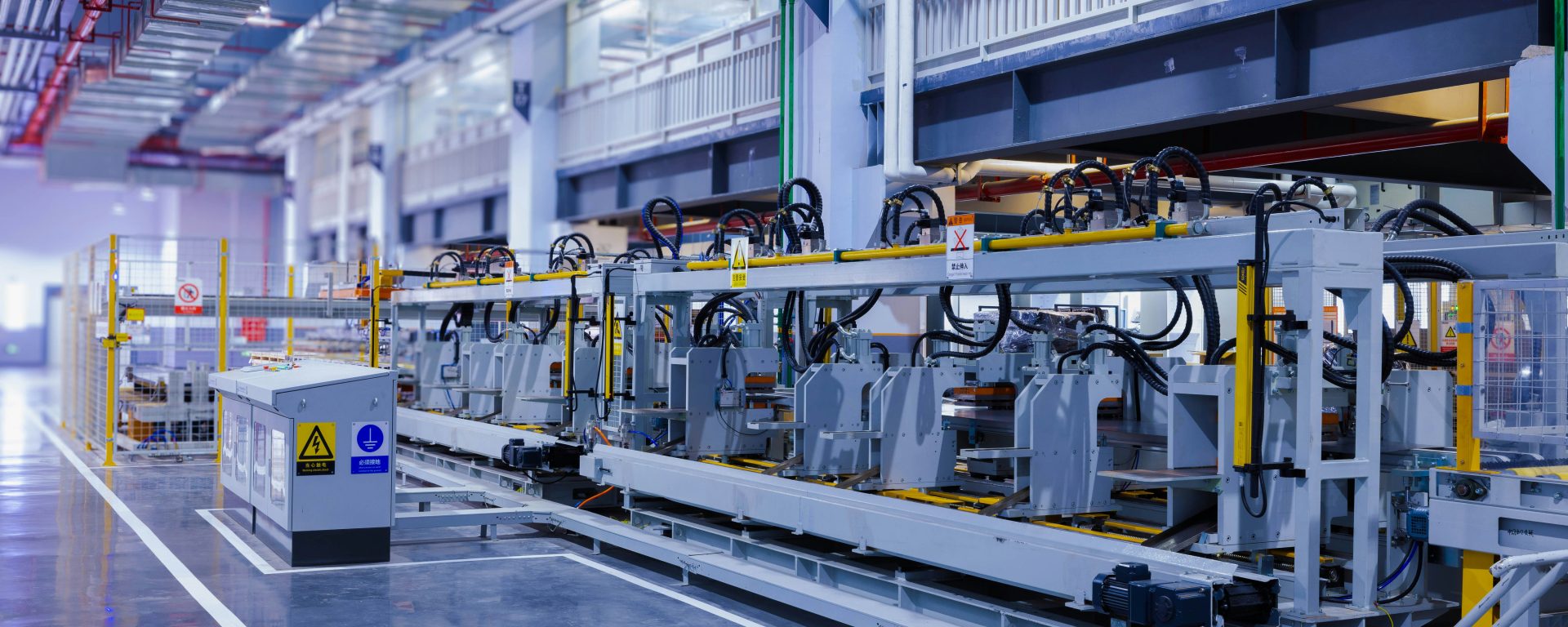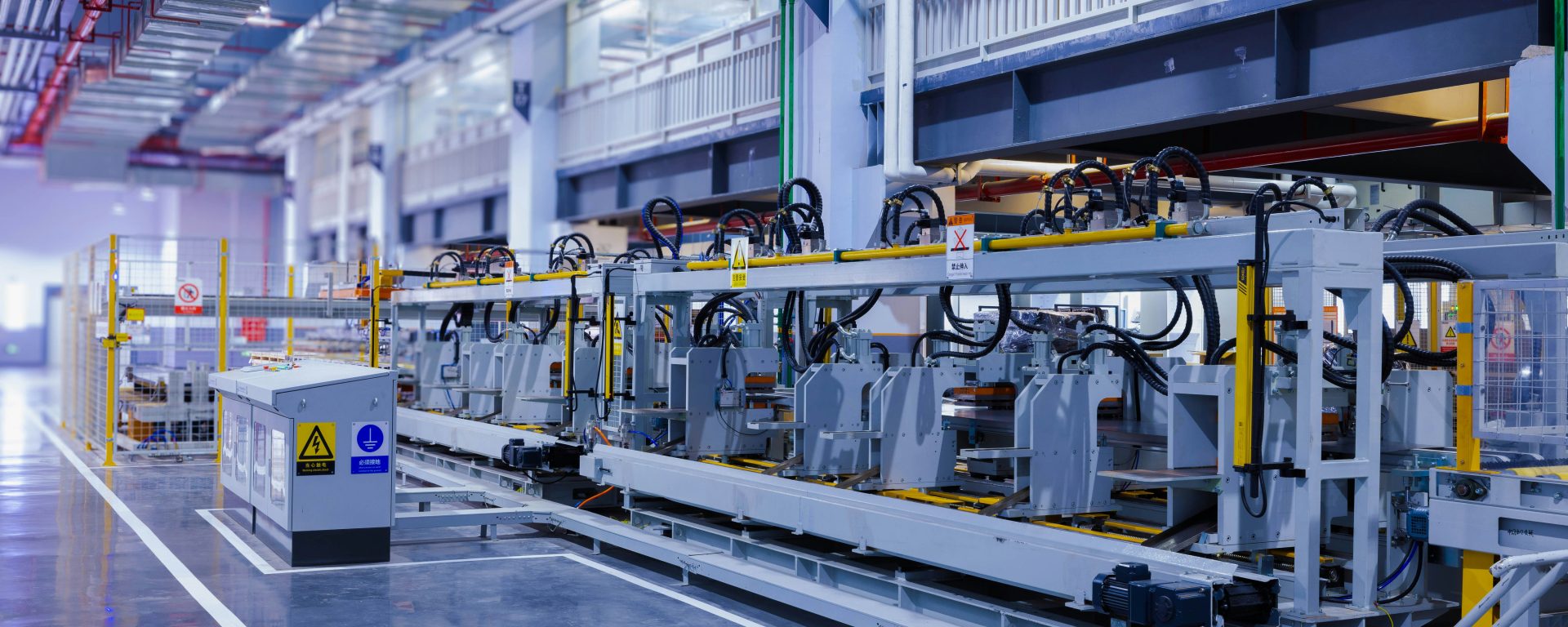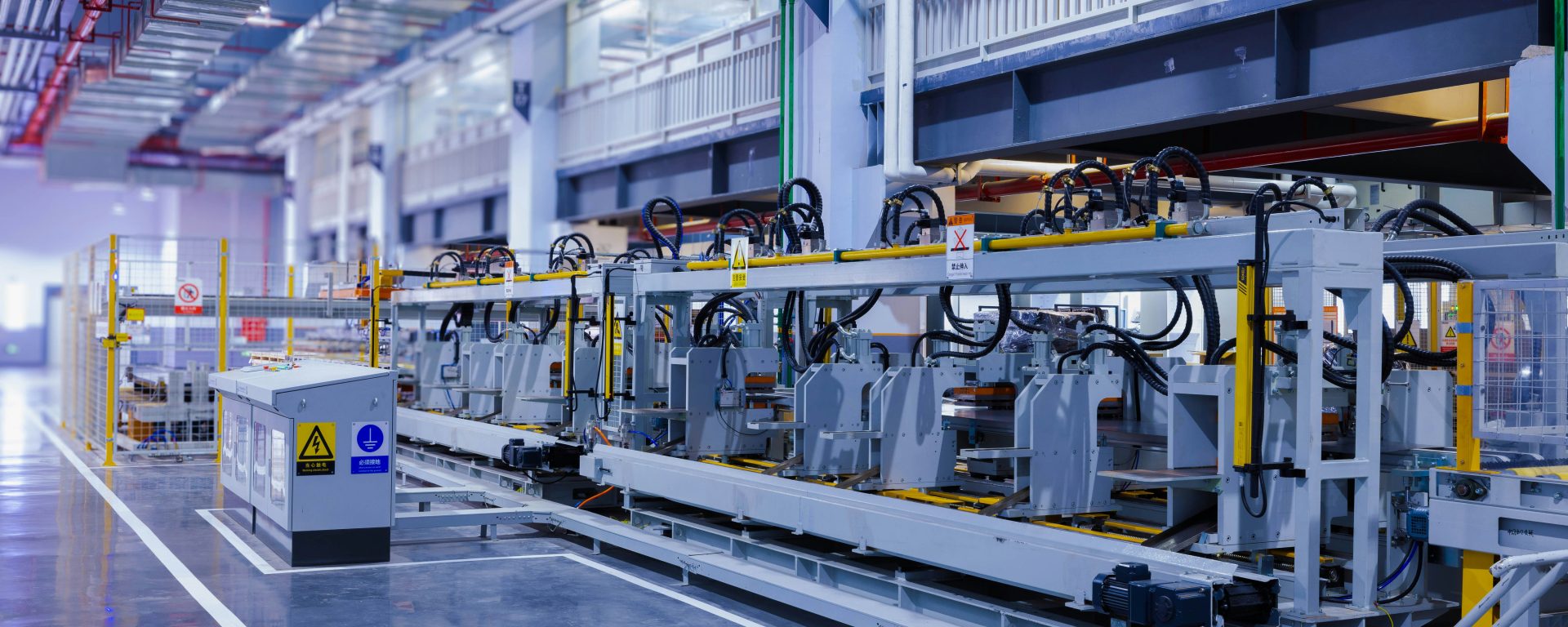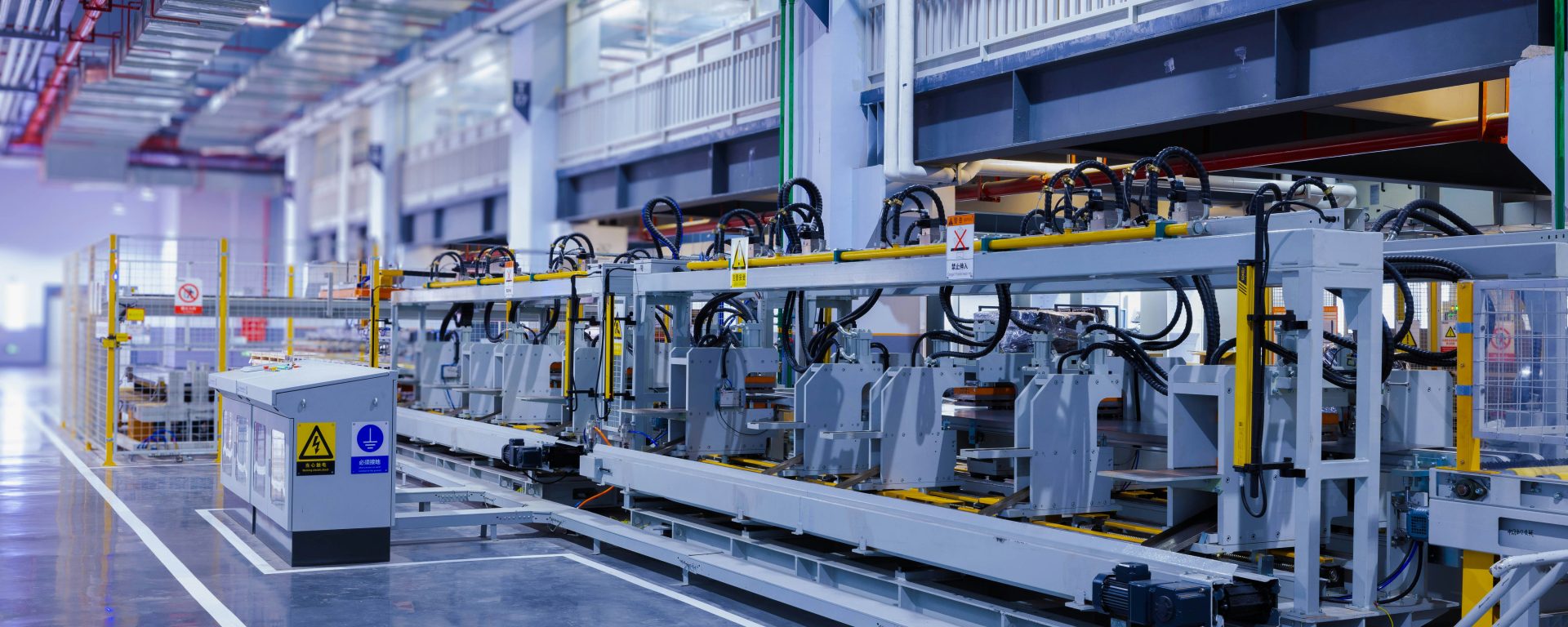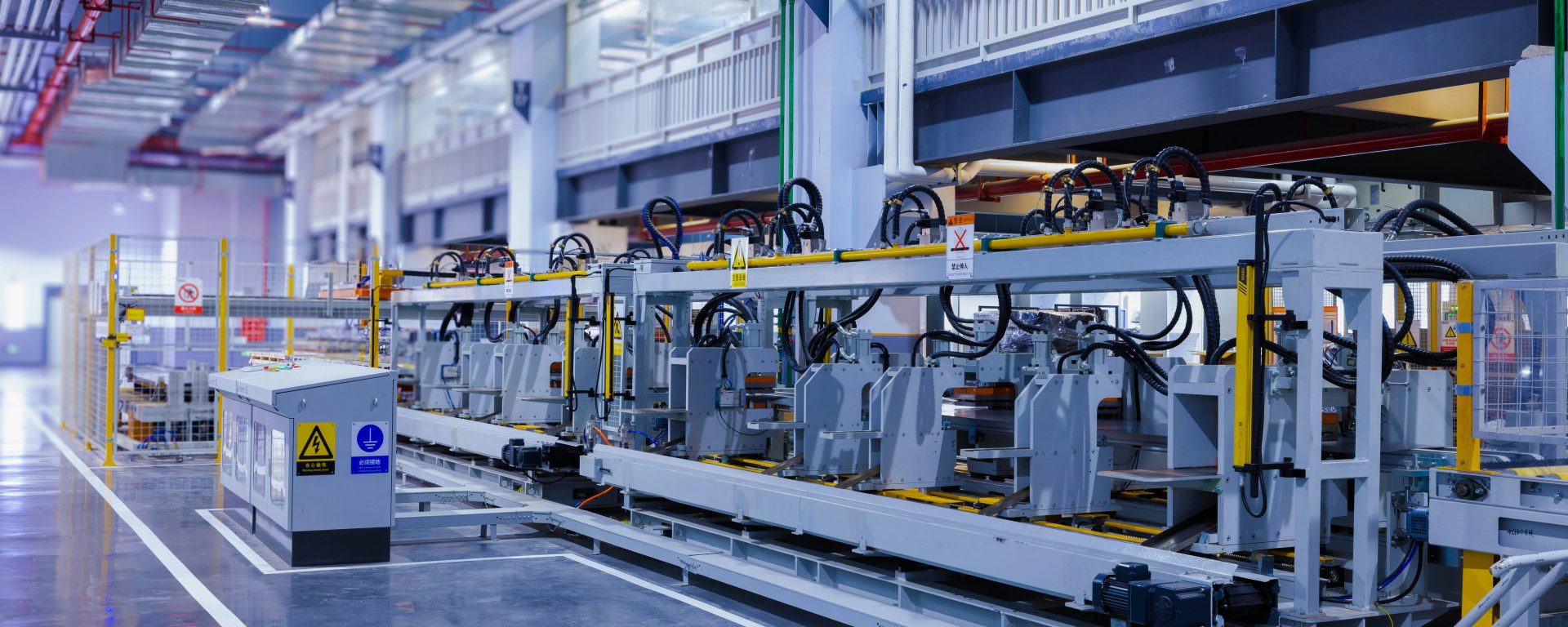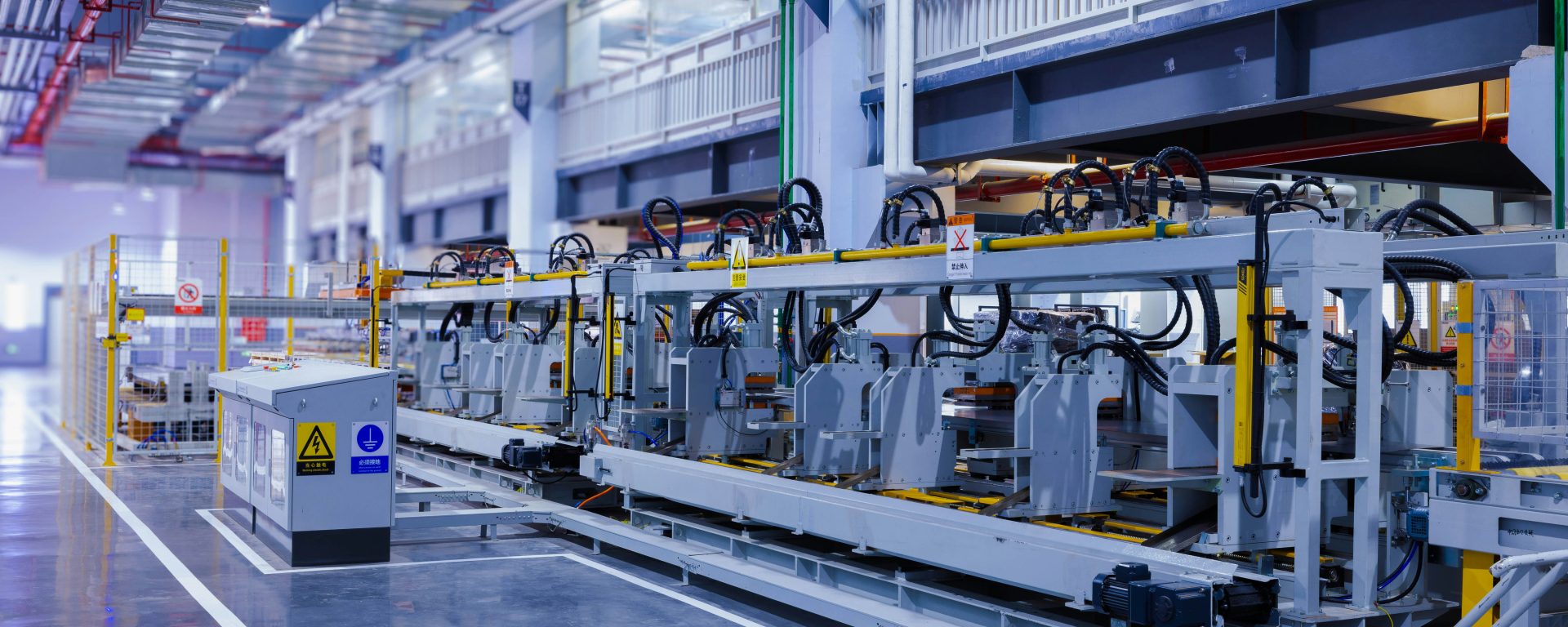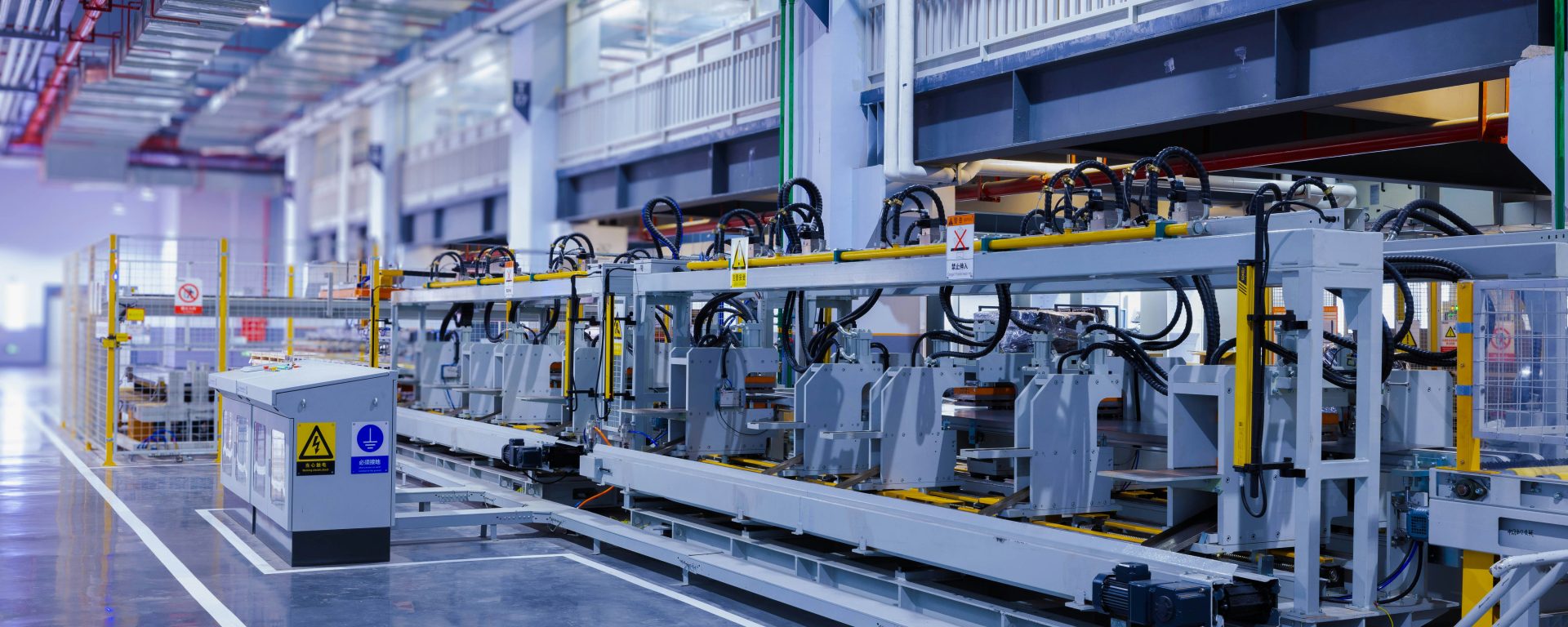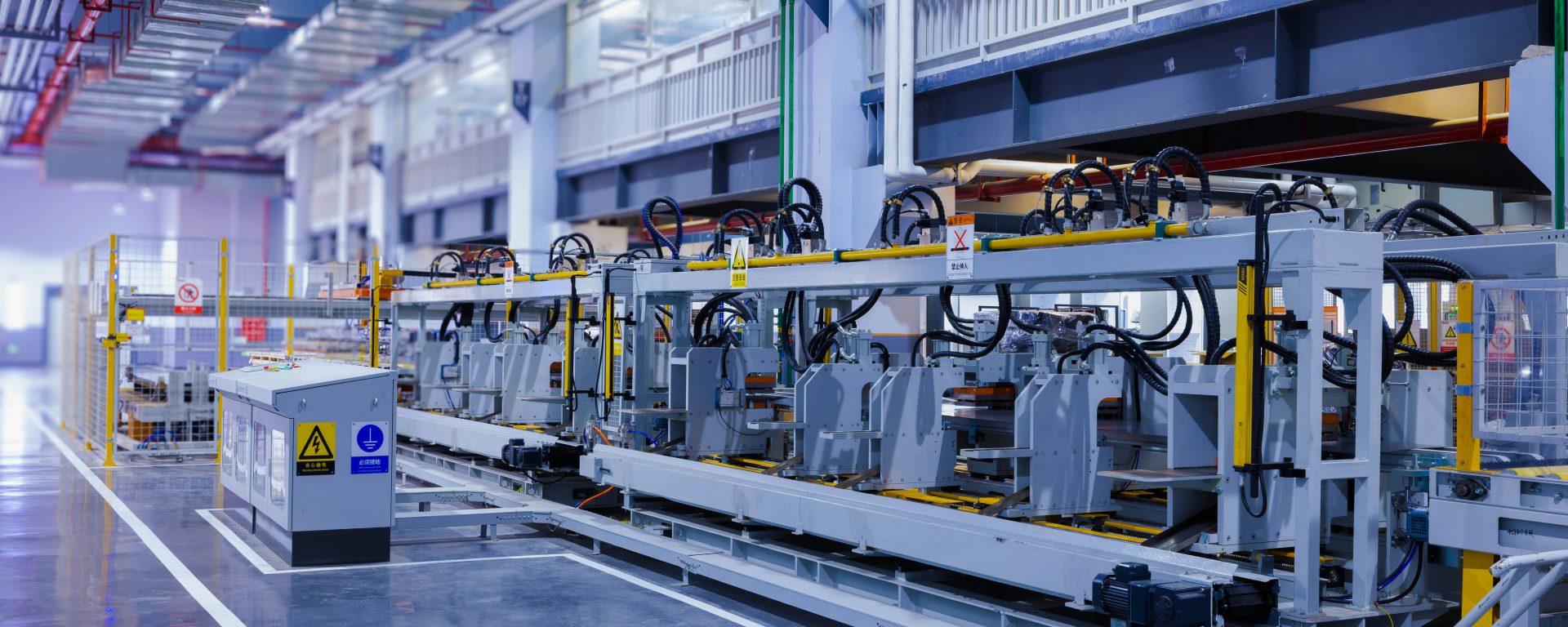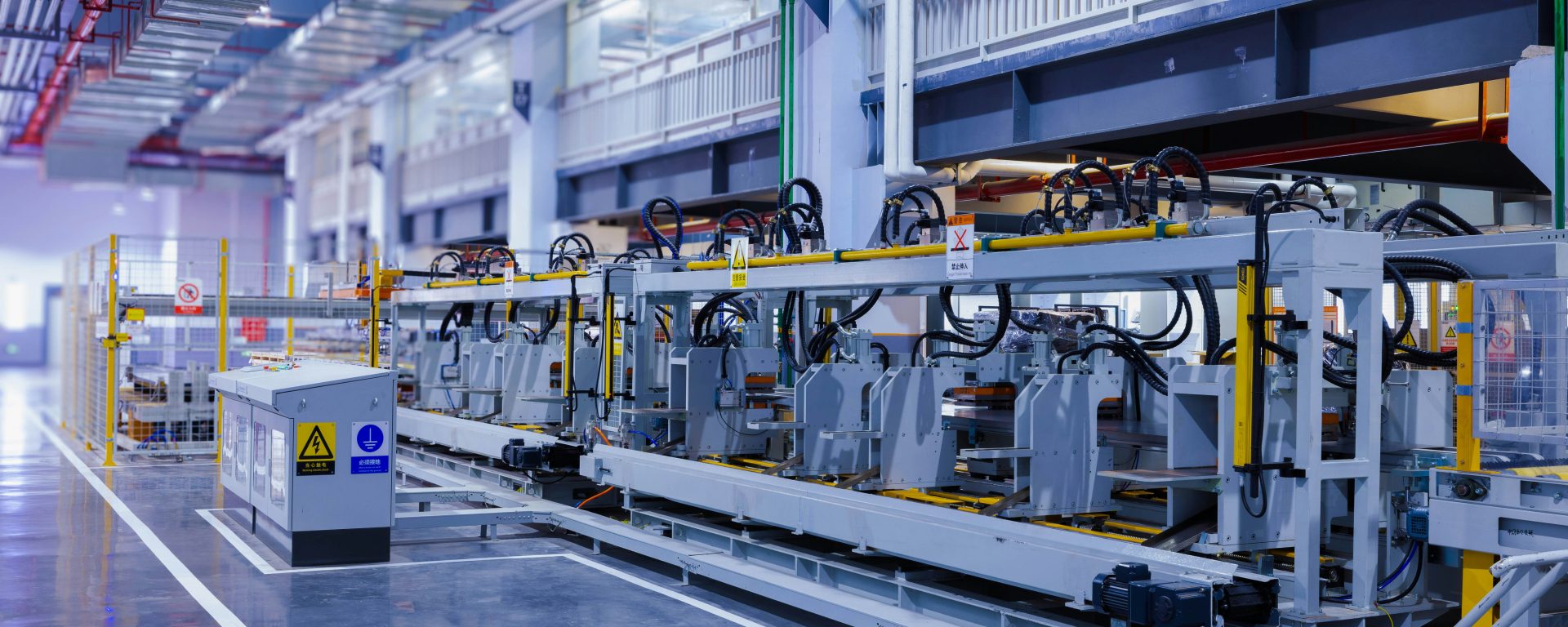Circular Economy Production Methods: Essential Manufacturing Insurance Guide
The circular economy represents a fundamental shift in how manufacturers approach production, moving away from the traditional linear "take-make-dispose" model toward regenerative systems that eliminate waste and keep materials in continuous use. As UK manufacturers increasingly adopt circular economy principles—driven by regulatory pressure, consumer demand, and environmental responsibility—they face a unique set of operational risks that traditional manufacturing insurance may not adequately address.
Circular economy production methods encompass remanufacturing, refurbishment, product-as-a-service models, closed-loop manufacturing, industrial symbiosis, and design-for-disassembly approaches. Each methodology introduces distinct liability exposures, supply chain vulnerabilities, and operational challenges that require specialized insurance protection. This comprehensive guide examines the insurance considerations for manufacturers transitioning to or operating within circular economy frameworks, helping businesses protect their sustainable operations while managing the financial risks inherent in innovative production systems.
Understanding Circular Economy Manufacturing Models
Core Circular Production Methods
Circular economy manufacturing encompasses several distinct approaches, each with unique operational characteristics and risk profiles. Remanufacturing involves disassembling used products, cleaning and inspecting components, replacing worn parts, and reassembling to original specifications. This process requires reverse logistics capabilities, specialized testing equipment, and quality control systems that differ significantly from traditional manufacturing.
Refurbishment and repair operations focus on extending product lifecycles through component replacement and functional restoration. Product-as-a-service models shift ownership from customers to manufacturers, who retain responsibility for maintenance, performance, and end-of-life management. Closed-loop manufacturing systems recapture production waste and post-consumer materials as feedstock, while industrial symbiosis creates networks where one manufacturer's waste becomes another's raw material.
The Risk Landscape of Sustainable Production
Circular manufacturing introduces complexity that creates new insurance considerations. Reverse supply chains—collecting used products from diverse sources—present contamination risks, quality variability, and logistical challenges absent in traditional forward supply chains. Remanufactured products may face heightened product liability exposure if refurbished components fail or if quality control processes inadequately screen for defects.
Intellectual property concerns arise when manufacturers disassemble products containing proprietary technologies or when third-party components are integrated into remanufactured goods. Material traceability becomes critical when recycled or reclaimed materials enter production streams, particularly in regulated industries where provenance documentation is mandatory. Business interruption risks intensify when operations depend on uncertain supplies of returned products or when specialized reverse logistics networks experience disruption.
Essential Insurance Coverage for Circular Manufacturers
Product Liability for Remanufactured Goods
Product liability insurance forms the cornerstone of protection for circular economy manufacturers, but standard policies may contain exclusions or limitations for remanufactured, refurbished, or reconditioned products. Manufacturers must secure coverage that explicitly includes remanufactured goods and addresses the unique liability exposures these products present.
Remanufactured products carry liability risk throughout their extended lifecycles. If a refurbished component fails and causes injury or property damage, the manufacturer may face claims even if the failure resulted from wear that occurred before the product entered the remanufacturing process. Quality control failures—inadequate testing, contamination from previous use, or improper reassembly—create additional exposure.
Insurance policies should provide coverage for completed operations liability, protecting against claims arising after remanufactured products leave the facility. Manufacturers operating product-as-a-service models require ongoing liability protection since they retain ownership and responsibility for product performance throughout the use phase. Coverage limits should reflect the potential severity of claims, considering that remanufactured industrial equipment or automotive components could cause catastrophic failures.
Professional Indemnity for Circular Design Services
Manufacturers offering design-for-disassembly services, circular economy consulting, or lifecycle assessment require professional indemnity insurance to protect against claims of inadequate advice or design failures. When manufacturers advise clients on circular strategies or design products for multiple lifecycle loops, they assume professional responsibility that extends beyond traditional manufacturing liability.
Professional indemnity coverage protects against claims that circular design recommendations failed to deliver promised environmental benefits, that disassembly specifications proved impractical, or that material selection advice led to quality problems. This coverage becomes particularly important when manufacturers collaborate with clients on circular innovation projects where outcomes remain uncertain and performance guarantees may be implied.
Commercial Combined Insurance
Commercial combined policies provide comprehensive protection encompassing property damage, business interruption, employers liability, and public liability. For circular manufacturers, these policies must be tailored to address the specific characteristics of sustainable production operations.
Property coverage should include specialized remanufacturing equipment such as component testing systems, cleaning facilities, and reverse logistics infrastructure. Stock coverage must address the unique nature of circular economy inventory—returned products awaiting processing, harvested components, and work-in-progress remanufactured goods—which may have different valuations than traditional raw materials or finished products.
Business interruption coverage becomes critical when operations depend on steady flows of returned products. Disruption to reverse logistics networks, contamination of returned product streams, or quality issues requiring batch recalls can halt production just as effectively as traditional supply chain interruptions. Policies should cover income loss resulting from these circular-economy-specific disruptions.
Specialized Risks in Circular Manufacturing
Contamination and Quality Control Risks
Circular manufacturers face elevated contamination risks when processing returned products or recycled materials. Products returning through reverse logistics may contain hazardous substances, biological contamination, or undisclosed modifications that create safety hazards. Contamination can spread through facilities, affecting multiple production batches and requiring costly remediation.
Insurance coverage should address contamination scenarios including the cost of identifying contamination sources, cleaning affected facilities and equipment, disposing of contaminated materials, and business interruption during remediation. Environmental liability coverage becomes essential when contamination involves hazardous substances that could migrate beyond facility boundaries or require regulatory notification.
Intellectual Property and Technology Risks
Remanufacturing and refurbishment operations that involve disassembling products containing proprietary technologies face intellectual property risks. Manufacturers may inadvertently infringe patents when reverse-engineering products, violate licensing agreements when replacing components with non-original parts, or face claims of trade secret misappropriation when documenting disassembly processes.
Cyber insurance becomes increasingly relevant as circular manufacturers adopt digital technologies for product tracking, lifecycle management, and customer data handling in product-as-a-service models. Digital product passports, blockchain-based material tracking, and IoT-enabled performance monitoring create cyber vulnerabilities that could expose customer data, disrupt operations, or compromise intellectual property.
Regulatory and Compliance Exposures
Circular economy manufacturers navigate complex regulatory landscapes including extended producer responsibility schemes, waste electrical and electronic equipment regulations, packaging waste obligations, and emerging right-to-repair legislation. Non-compliance can result in fines, enforcement actions, and reputational damage.
Insurance policies should include regulatory defense coverage, protecting manufacturers against the costs of responding to regulatory investigations, defending against enforcement actions, and implementing corrective measures. As circular economy regulations evolve, manufacturers benefit from policies that adapt to changing compliance requirements without requiring constant policy amendments.
Supply Chain and Logistics Insurance
Reverse Logistics Protection
Reverse logistics—the systems for collecting, transporting, and processing returned products—create insurance needs distinct from traditional forward supply chains. Products returning from customers may have unknown condition, uncertain value, and variable quality, complicating insurance valuations and coverage determinations.
Goods-in-transit insurance should cover products moving through reverse logistics networks, including collection from customer sites, transportation to processing facilities, and interim storage. Coverage should address the reality that returned product values may differ significantly from new product values, with policies reflecting salvage values, component values, or processing costs rather than replacement costs.
Stock and Inventory Considerations
Circular manufacturers maintain diverse inventory categories requiring tailored insurance approaches. Returned products awaiting assessment represent uncertain value until inspection determines their condition and remanufacturing potential. Harvested components extracted from returned products may have established values based on testing and certification, while work-in-progress remanufactured items gain value as they progress through production processes.
Insurance valuations should reflect these distinctions, with policies providing appropriate coverage for each inventory category. Manufacturers should document valuation methodologies, maintain detailed inventory records, and regularly review coverage limits to ensure adequate protection as inventory compositions change.
Product-as-a-Service Insurance Requirements
Ongoing Liability and Performance Obligations
Product-as-a-service models fundamentally alter liability exposures by keeping ownership with manufacturers who provide functionality rather than selling products. Manufacturers retain responsibility for product performance, maintenance, and safety throughout extended use periods, creating ongoing liability exposure that traditional product liability policies may not adequately address.
Insurance coverage must extend throughout the entire service period, protecting against performance failures, maintenance errors, and safety incidents occurring at customer locations. Policies should clarify whether coverage applies to products temporarily in customer possession, address liability for products used in ways that deviate from service agreements, and provide protection when products are serviced by third-party technicians under manufacturer contracts.
Contract Works and Installation Coverage
When product-as-a-service models involve installing equipment at customer sites, manufacturers require contract works insurance covering installation activities, commissioning processes, and initial performance verification. This coverage protects against property damage or injury occurring during installation and addresses liability for defective installation that affects product performance.
Risk Management Strategies for Circular Manufacturers
Quality Control and Testing Protocols
Robust quality control systems reduce insurance claims and may qualify manufacturers for premium reductions. Comprehensive testing protocols for returned products, component certification processes, and quality gates throughout remanufacturing operations demonstrate risk management commitment that insurers value.
Documentation systems that track products through reverse logistics, record component testing results, and maintain remanufacturing process records provide evidence supporting insurance claims and defending against liability allegations. Digital tracking systems, serialized component identification, and blockchain-based provenance records enhance traceability while demonstrating operational sophistication to insurers.
Supplier and Partner Vetting
Circular economy operations often involve complex partner networks including collection service providers, component suppliers, technology licensors, and industrial symbiosis partners. Vetting these partners, verifying their insurance coverage, and establishing contractual liability allocations reduce exposure to partner failures.
Manufacturers should require partners to maintain appropriate insurance coverage, name the manufacturer as additional insured on relevant policies, and provide certificates of insurance demonstrating continuous coverage. Contracts should clearly allocate liability for various scenarios including contamination, quality failures, and intellectual property infringement.
Employee Training and Safety Programs
Circular manufacturing introduces workplace hazards distinct from traditional production including exposure to contaminated returned products, handling of hazardous substances in legacy products, and ergonomic risks from manual disassembly operations. Comprehensive employee training programs, personal protective equipment protocols, and safety management systems reduce workplace injuries and demonstrate employers liability risk management.
Selecting the Right Insurance Provider
Specialist vs. Generalist Insurers
Circular economy manufacturing remains relatively novel, and not all insurers understand the unique risk profiles these operations present. Specialist insurers with experience in sustainable manufacturing, remanufacturing operations, or specific circular economy sectors offer advantages including appropriate policy wordings, realistic premium pricing, and claims handling expertise.
When evaluating insurers, manufacturers should inquire about experience with circular economy operations, request policy wordings that explicitly address remanufactured products and reverse logistics, and verify that underwriters understand the business model rather than applying inappropriate traditional manufacturing assumptions.
Policy Customization and Endorsements
Standard manufacturing insurance policies typically require endorsements or customization to adequately protect circular economy operations. Manufacturers should work with brokers to identify coverage gaps, negotiate endorsements addressing circular-specific exposures, and ensure policy language clearly includes rather than excludes key operational activities.
Critical endorsements may include explicit coverage for remanufactured products, reverse logistics operations, product-as-a-service models, intellectual property risks associated with disassembly and reverse engineering, and contamination scenarios unique to processing returned products.
Insurance Cost Factors and Premium Management
Factors Influencing Premium Costs
Insurance premiums for circular manufacturers reflect numerous factors including the types of products remanufactured, the sophistication of quality control systems, claims history, revenue scale, and the complexity of reverse logistics operations. Products with high liability potential—automotive components, medical devices, or industrial equipment—command higher premiums than lower-risk consumer goods.
Manufacturers with established quality certifications, comprehensive testing protocols, and documented risk management systems typically secure more favorable premium rates. Claims history significantly impacts pricing, with manufacturers maintaining clean loss records benefiting from lower premiums and better coverage terms.
Strategies for Managing Insurance Costs
Manufacturers can manage insurance costs through several strategies while maintaining adequate protection. Implementing robust risk management programs demonstrates operational maturity that insurers reward with premium reductions. Investing in quality control systems, employee training, and safety protocols reduces claim frequency and severity.
Selecting appropriate deductibles balances premium costs against risk retention, with higher deductibles reducing premiums while requiring manufacturers to absorb smaller losses. Bundling multiple coverage types with a single insurer often yields multi-policy discounts. Regularly reviewing coverage ensures policies remain aligned with operational realities, avoiding over-insurance that wastes premium dollars or under-insurance that leaves exposures unprotected.
Claims Process and Documentation
Preparing for Potential Claims
Circular manufacturers should establish claims preparation protocols before incidents occur, ensuring rapid, effective responses that protect both operational continuity and insurance recovery. Documentation systems should capture information relevant to potential claims including product tracking records, quality control test results, maintenance logs for product-as-a-service operations, and reverse logistics chain-of-custody records.
When incidents occur, immediate notification to insurers preserves coverage rights and enables early claims investigation. Manufacturers should preserve evidence, document incident circumstances, identify witnesses, and avoid making statements that could be construed as liability admissions. Coordinating with insurance claims handlers, legal counsel, and risk management professionals ensures comprehensive incident response.
Common Claim Scenarios
Circular manufacturers face several common claim scenarios including product liability claims alleging remanufactured product failures, business interruption claims following reverse logistics disruptions, contamination incidents requiring facility remediation, and professional indemnity claims challenging circular design recommendations.
Understanding these scenarios helps manufacturers prepare appropriate responses, maintain relevant documentation, and structure insurance programs that address likely exposures. Working with insurers and brokers to review past claims—both the manufacturer's own experience and industry-wide trends—informs risk management priorities and coverage decisions.
Future Trends in Circular Manufacturing Insurance
Future Trends in Circular Manufacturing InsuranceEvolving Regulatory Landscape
The regulatory environment surrounding circular economy manufacturing continues to evolve rapidly, with governments worldwide implementing extended producer responsibility schemes, right-to-repair legislation, and circular economy targets. The UK's Environment Act 2021 and subsequent regulations impose increasing obligations on manufacturers regarding product design, waste reduction, and end-of-life management.
These regulatory developments create new insurance considerations as manufacturers face potential fines, enforcement actions, and compliance costs. Insurance products are adapting to include regulatory defense coverage, environmental compliance protection, and coverage for costs associated with meeting evolving circular economy obligations. Manufacturers should anticipate that insurance requirements will continue evolving alongside regulatory frameworks, necessitating regular policy reviews and updates.
Technology Integration and Digital Risks
Digital technologies are becoming integral to circular manufacturing operations, with manufacturers deploying IoT sensors for product monitoring, blockchain systems for material traceability, artificial intelligence for quality control, and digital platforms for product-as-a-service management. These technologies enhance operational efficiency and transparency but introduce cyber risks that require specialized insurance protection.
Cyber insurance for circular manufacturers must address scenarios including ransomware attacks disrupting reverse logistics systems, data breaches exposing customer information from product-as-a-service platforms, and system failures preventing product tracking and quality verification. As digital integration deepens, cyber insurance will transition from optional coverage to essential protection for circular economy operations.
Parametric and Usage-Based Insurance Models
Innovative insurance products are emerging that align with circular economy principles. Parametric insurance policies pay predetermined amounts when specific triggers occur—such as reverse logistics disruptions exceeding defined thresholds or contamination incidents affecting specified inventory volumes—providing rapid claims settlement without lengthy loss adjustment processes.
Usage-based insurance models leverage data from connected products in product-as-a-service operations, adjusting premiums based on actual usage patterns, maintenance compliance, and performance metrics. These models create incentives for optimal product utilization and maintenance while providing manufacturers with more precise risk pricing that reflects operational realities rather than industry averages.
Industry Applications and Sector-Specific Considerations
Automotive Remanufacturing
Automotive remanufacturing represents one of the most established circular economy sectors, with manufacturers remanufacturing engines, transmissions, alternators, and numerous other components. Insurance for automotive remanufacturers must address product liability exposures from component failures, warranty obligations that may extend for years, and recall risks if systemic quality issues emerge.
Automotive remanufacturers benefit from industry-specific insurance products that understand sector risk profiles, recognize quality certifications such as the Automotive Parts Remanufacturers Association standards, and provide appropriate coverage limits reflecting potential claim severity from vehicle component failures. Policies should explicitly cover remanufactured automotive parts and address liability for components installed by third-party mechanics.
Electronics and WEEE Reprocessing
Electronics remanufacturing and waste electrical and electronic equipment reprocessing operations face unique insurance considerations including contamination risks from hazardous substances in legacy electronics, data security obligations when processing devices containing stored information, and intellectual property concerns when refurbishing branded products.
Insurance coverage should include environmental liability for hazardous substance handling, cyber liability for data breach scenarios, and professional indemnity when offering data destruction services. Compliance with WEEE regulations creates additional insurance needs, with policies addressing regulatory defense costs and environmental remediation obligations.
Industrial Equipment and Machinery
Manufacturers remanufacturing industrial equipment, construction machinery, or production systems face substantial product liability exposures given the potential severity of equipment failures in industrial settings. Insurance policies must provide adequate liability limits, recognize that remanufactured industrial equipment may have extended operational lives spanning decades, and address liability for equipment modifications or upgrades performed during remanufacturing.
Textiles and Fashion Circular Models
The fashion and textile industry increasingly adopts circular models including clothing rental services, take-back schemes, and fiber-to-fiber recycling. Insurance considerations include liability for cleaning and sanitization processes, business interruption risks from reverse logistics disruptions, and product liability for garments that cause allergic reactions or physical injury.
Fashion brands operating rental or subscription models require ongoing liability coverage throughout garment use periods, protection against damage to customer property during delivery or collection, and coverage for inventory loss or damage while in customer possession. Policies should address the unique valuation challenges of rental inventory that depreciates with use but retains revenue-generating capacity.
Implementing Comprehensive Insurance Protection
Conducting Insurance Needs Assessment
Circular manufacturers should begin insurance planning with comprehensive needs assessments that identify all operational exposures, evaluate potential claim scenarios, and determine appropriate coverage types and limits. This assessment should involve operations managers who understand production processes, finance professionals who can evaluate business interruption exposures, and legal advisors who can identify liability risks.
The assessment should map the entire operational cycle including reverse logistics, product intake and assessment, remanufacturing or refurbishment processes, quality control and testing, finished product storage, and delivery or installation. Each operational stage presents distinct risks requiring specific insurance considerations.
Working with Specialist Brokers
Insurance brokers specializing in manufacturing or circular economy operations provide valuable expertise in structuring appropriate coverage, accessing specialist insurers, and negotiating favorable policy terms. Specialist brokers understand circular economy risk profiles, can identify coverage gaps that generalist brokers might overlook, and maintain relationships with insurers willing to provide innovative coverage for emerging business models.
When selecting brokers, manufacturers should evaluate experience with circular economy operations, request references from similar businesses, and assess the broker's ability to explain complex coverage issues in accessible terms. The broker relationship should be collaborative, with brokers investing time to understand operational details and manufacturers providing transparent information about risks and exposures.
Regular Policy Reviews and Updates
Circular manufacturing operations evolve as businesses scale, add new product lines, adopt additional circular models, or expand into new markets. Insurance coverage must evolve correspondingly, requiring regular policy reviews to ensure continued adequacy and relevance.
Manufacturers should conduct formal insurance reviews annually at minimum, with additional reviews triggered by significant operational changes such as facility expansions, new product introductions, acquisition of competitors, or entry into product-as-a-service models. Reviews should assess whether coverage limits remain appropriate given revenue growth, evaluate whether new exposures require additional coverage, and verify that policy wordings accurately reflect current operations.
Conclusion
Circular economy production methods represent the future of sustainable manufacturing, offering environmental benefits, resource efficiency, and competitive advantages. However, these innovative approaches introduce complex risk profiles that require specialized insurance protection extending beyond traditional manufacturing coverage.
Comprehensive insurance programs for circular manufacturers must address product liability for remanufactured goods, professional indemnity for circular design services, property and business interruption coverage tailored to reverse logistics operations, contamination and quality control risks, intellectual property exposures, and regulatory compliance obligations. Product-as-a-service models create ongoing liability exposures requiring extended coverage periods, while digital integration introduces cyber risks demanding specialized protection.
Manufacturers transitioning to circular economy models should approach insurance planning proactively, conducting thorough risk assessments, working with specialist brokers and insurers who understand circular economy operations, and implementing robust risk management systems that reduce claim frequency while demonstrating operational maturity to insurers. Regular policy reviews ensure coverage evolves alongside operational changes, maintaining protection as businesses scale and circular economy practices mature.
The insurance industry continues developing products specifically designed for circular economy operations, including parametric policies, usage-based models, and coverage addressing emerging regulatory requirements. Manufacturers who engage thoughtfully with insurance planning position themselves to manage risks effectively while pursuing the substantial opportunities that circular economy production methods offer.
As circular economy principles become mainstream rather than exceptional, insurance protection will evolve from specialized niche products to standard offerings with established risk pricing and comprehensive coverage options. Manufacturers adopting circular models today are pioneering not only sustainable production methods but also the insurance frameworks that will support the circular economy's continued growth and maturation.
Frequently Asked Questions
Do remanufactured products require different insurance than new products?
Yes, remanufactured products typically require specialized insurance coverage. Standard product liability policies may exclude or limit coverage for remanufactured, refurbished, or reconditioned goods. Manufacturers must secure policies that explicitly include remanufactured products and address the unique liability exposures they present, including potential failures of refurbished components and quality control challenges inherent in processing returned products.
What insurance coverage do I need for reverse logistics operations?
Reverse logistics operations require goods-in-transit insurance covering products moving from customers back to processing facilities, stock insurance addressing returned products with uncertain values, and liability coverage for collection activities at customer sites. Business interruption insurance should cover income loss resulting from reverse logistics disruptions, while contamination coverage addresses risks from hazardous or contaminated returned products.
How does product-as-a-service affect insurance requirements?
Product-as-a-service models fundamentally change insurance needs by keeping ownership and liability with manufacturers throughout extended use periods. Coverage must extend throughout the entire service period, protecting against performance failures, maintenance errors, and safety incidents at customer locations. Contract works insurance may be needed for installation activities, while ongoing liability coverage protects against incidents occurring during the use phase.
Is cyber insurance necessary for circular manufacturing?
Cyber insurance is increasingly essential as circular manufacturers adopt digital technologies for product tracking, lifecycle management, and customer data handling. Digital product passports, blockchain-based material tracking, and IoT-enabled monitoring create cyber vulnerabilities that could expose customer data, disrupt operations, or compromise intellectual property. Cyber insurance protects against ransomware, data breaches, and system failures affecting circular economy operations.
What professional indemnity coverage do circular manufacturers need?
Manufacturers offering circular design services, lifecycle assessments, or circular economy consulting require professional indemnity insurance protecting against claims of inadequate advice or design failures. Coverage should address claims that circular design recommendations failed to deliver promised benefits, that disassembly specifications proved impractical, or that material selection advice led to quality problems.
How do insurers assess risk for circular economy operations?
Insurers evaluate multiple factors including the types of products remanufactured, quality control system sophistication, claims history, revenue scale, and reverse logistics complexity. Products with high liability potential command higher premiums. Manufacturers with established quality certifications, comprehensive testing protocols, and documented risk management systems typically secure more favorable rates.
Can I use my existing manufacturing insurance for circular operations?
Existing manufacturing insurance policies typically require endorsements or modifications to adequately protect circular economy operations. Standard policies may contain exclusions for remanufactured products, fail to address reverse logistics exposures, or provide inadequate coverage for product-as-a-service models. Manufacturers should review existing policies with brokers to identify gaps and negotiate appropriate endorsements.
What documentation should I maintain for insurance purposes?
Comprehensive documentation systems should track products through reverse logistics, record component testing results, maintain remanufacturing process records, and document quality control outcomes. Digital tracking systems, serialized component identification, and chain-of-custody records enhance traceability while providing evidence supporting insurance claims and defending against liability allegations.
How do contamination risks affect insurance coverage?
Contamination risks from processing returned products or recycled materials require specialized coverage addressing identification costs, facility and equipment cleaning, contaminated material disposal, and business interruption during remediation. Environmental liability coverage becomes essential when contamination involves hazardous substances requiring regulatory notification or affecting areas beyond facility boundaries.
What liability do I have for products after remanufacturing?
Manufacturers retain product liability for remanufactured goods throughout their subsequent lifecycles. If refurbished components fail and cause injury or property damage, manufacturers may face claims even if failures resulted from wear occurring before remanufacturing. Completed operations liability coverage protects against claims arising after remanufactured products leave the facility.
Do I need different coverage for different circular economy models?
Yes, different circular models create distinct insurance needs. Remanufacturing requires product liability and quality control coverage; product-as-a-service needs ongoing liability protection; industrial symbiosis requires coverage for partner interactions; and design-for-disassembly services need professional indemnity coverage. Comprehensive programs address the specific models your operation employs.
How does extended producer responsibility affect insurance?
Extended producer responsibility schemes create obligations for end-of-life product management, potentially including collection, recycling, and disposal responsibilities. Insurance should address regulatory compliance costs, defense expenses for enforcement actions, and liability for environmental impacts from end-of-life product handling. Coverage should adapt as EPR regulations evolve.
What insurance do I need for industrial symbiosis partnerships?
Industrial symbiosis partnerships where manufacturers exchange waste streams as raw materials require liability coverage for material quality issues, contamination scenarios, and supply disruptions. Contracts should clearly allocate liability between partners, with each party maintaining appropriate insurance and potentially naming partners as additional insureds on relevant policies.
Can insurance costs be reduced through risk management?
Yes, robust risk management programs significantly impact insurance costs. Implementing comprehensive quality control systems, employee training programs, safety protocols, and documented operational procedures demonstrates risk management maturity that insurers reward with premium reductions. Clean claims history and industry certifications further improve pricing.
What happens if a remanufactured product causes injury?
Product liability insurance responds to claims alleging that remanufactured products caused injury or property damage. The insurer provides legal defense and pays settlements or judgments up to policy limits. Manufacturers should immediately notify insurers of incidents, preserve evidence, and coordinate response with claims handlers and legal counsel to protect coverage rights.
Do I need insurance for intellectual property risks in remanufacturing?
Remanufacturing operations that involve disassembling products containing proprietary technologies face intellectual property risks including patent infringement, licensing violations, and trade secret misappropriation claims. Specialized intellectual property liability coverage protects against these exposures, which standard manufacturing policies typically exclude.
How often should I review my circular manufacturing insurance?
Formal insurance reviews should occur annually at minimum, with additional reviews triggered by significant operational changes such as facility expansions, new product lines, acquisitions, or adoption of new circular economy models. Reviews ensure coverage limits remain adequate, new exposures receive protection, and policy wordings accurately reflect current operations.
What coverage do I need for products containing recycled materials?
Products incorporating recycled or reclaimed materials require product liability coverage addressing potential quality variability, contamination risks, and performance issues arising from material provenance. Material traceability documentation supports insurance claims and liability defense, while quality control systems for incoming recycled materials reduce risk exposure.
Is business interruption coverage different for circular manufacturers?
Business interruption coverage for circular manufacturers must address disruptions unique to circular operations including reverse logistics failures, contamination of returned product streams, and quality issues requiring batch recalls. Coverage should protect income loss from these circular-specific scenarios in addition to traditional interruption causes like fire or equipment breakdown.
What insurance considerations apply to circular economy startups?
Circular economy startups face unique insurance challenges including limited claims history that prevents experience-based pricing, innovative business models that insurers may not fully understand, and capital constraints limiting premium budgets. Startups should work with specialist brokers, clearly communicate business models to underwriters, and prioritize essential coverages while managing costs through appropriate deductibles and risk retention.
Get Expert Insurance Advice for Your Circular Manufacturing Operation
Circular economy production methods create unique insurance requirements that demand specialized expertise and tailored coverage solutions. At Insure24, we understand the complex risk profiles of sustainable manufacturing operations and work with specialist insurers who provide comprehensive protection for remanufacturing, product-as-a-service models, and innovative circular economy approaches.
Our experienced team can assess your specific operational exposures, identify coverage gaps in existing policies, identify coverage gaps in existing policies, and structure insurance programs that protect your circular manufacturing business while supporting your sustainability objectives.
Whether you're transitioning to circular economy models or expanding existing sustainable operations, we provide expert guidance on product liability for remanufactured goods, professional indemnity for circular design services, reverse logistics coverage, contamination protection, and all aspects of circular manufacturing insurance.
Contact Insure24 today on 0330 127 2333 or visit www.insure24.co.uk to discuss your circular economy manufacturing insurance requirements with our specialist team.


 0330 127 2333
0330 127 2333

